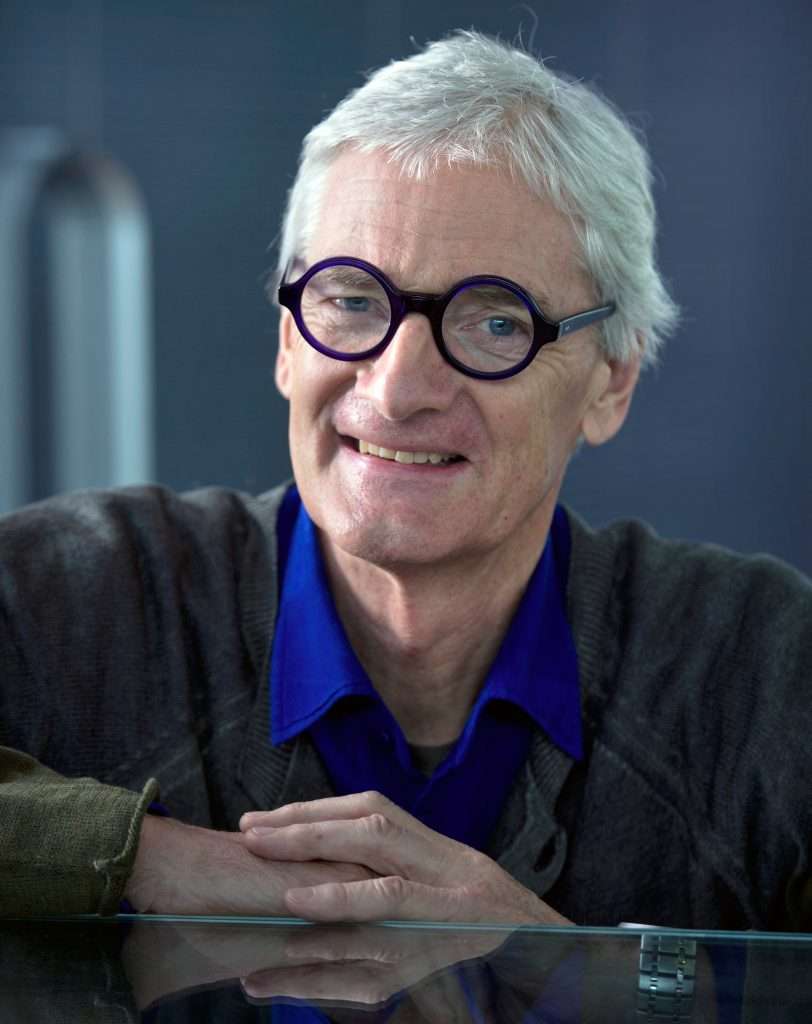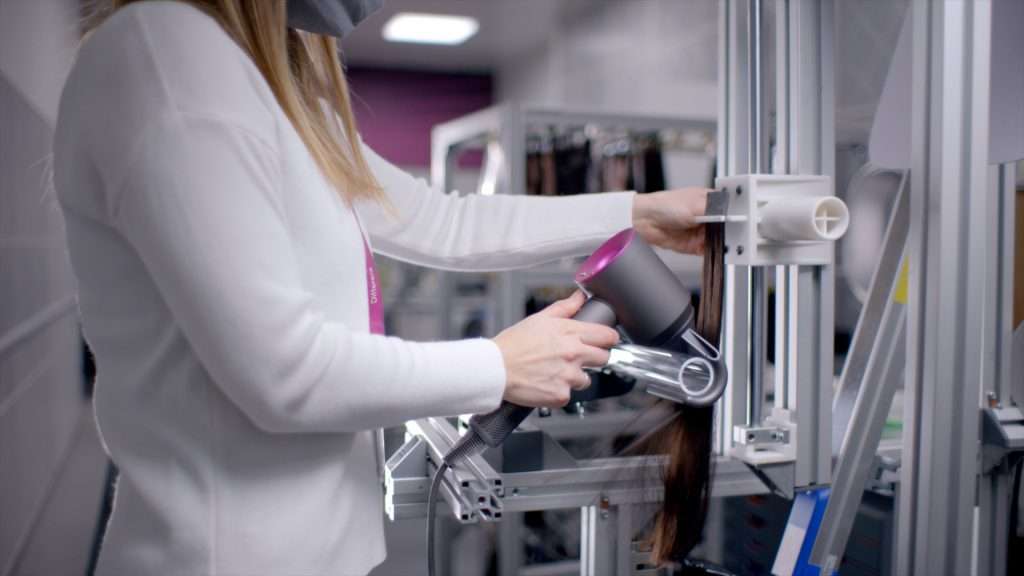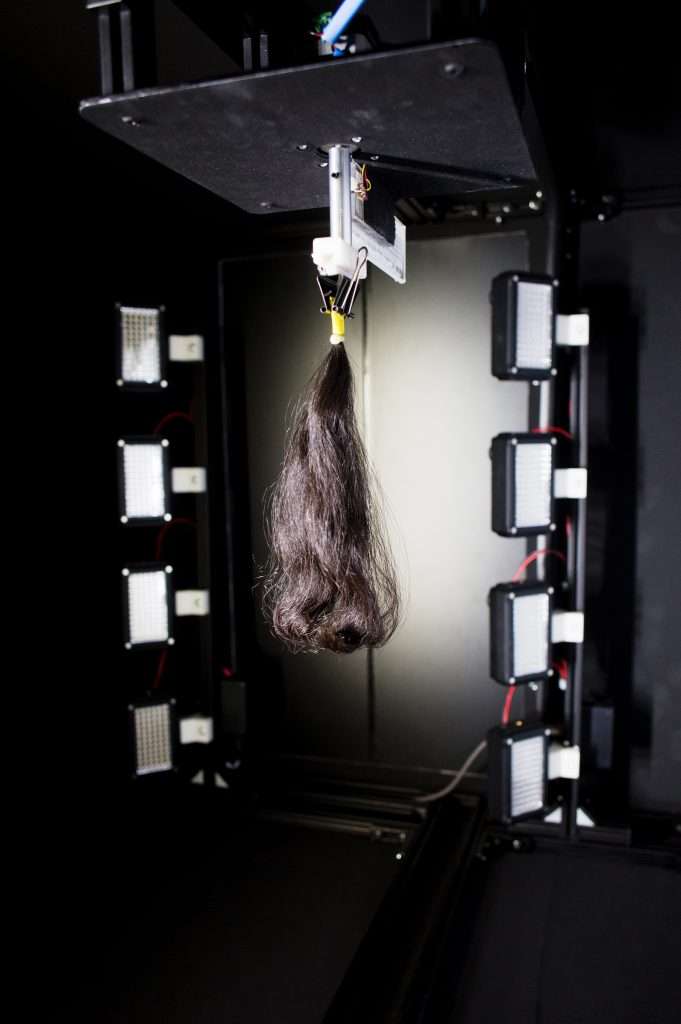“People put up with awful products because there’s nothing better.” Dyson founder Sir James Dyson exclusively reveals why he has no interest in following trends and defends his company’s pricing strategy.
By many other tech company standards, Dyson moves slowly. Its innovations – certainly the ones it talks publicly about – are relatively few and far between and its new releases are much more understated. Instead, the brand prefers to let its products do the talking.
It was surprising, then, when late in 2022, Dyson announced plans to spend half a billion pounds – the equivalent of almost a billion NZ dollars – on 20 new beauty products over the next four years. To put this ramp-up in activity into perspective, Dyson has released just three major beauty products over the past six.
The company launched the Dyson Supersonic hair dryer in 2016, the Dyson Airwrap arrived two years later, and its most recent full release was the Dyson Corrale in 2020. We make the “full release” distinction because, in that period, the brand released new attachments for its existing products and revamped the design of the Airwrap. Yet these have been step changes.
By 2027, Dyson will have grown its beauty offering by more than 550%.

To learn more about this significant increase in activity, Dyson’s approach to beauty tools and why its products are so expensive, we exclusively spoke to the company’s founder, Sir James Dyson.
The product that changed it all
Before the launch of the Supersonic in 2016, the design and technology of hair dryers had changed very little since the 1960s. There had been innovations in ionic technology – tech that helps reduce static electricity, and thus frizz, by generating negative ions – and improvements to the onboard motors. Yet to look at a shelf full of dryers, very few stood out. Until the Supersonic.
It did away with the longer barrel, rear motor, clip-on attachments and curved design and replaced it with something that looks closer to a hand-held traffic gun. The motor is in a long and thin handle, the barrel is stubby, and the buttons are on the appliance’s rear. Oh, and there’s a big hole going right through the middle.

“[The Dyson Supersonic] is a radical redesign of a product that had been stuck in a time warp,” Sir Dyson tells TheBit. “It was the re-design of a product that had not seen innovation for many decades and the disruption of a market that had become stagnant.
“Conventional hair dryers used to be bulky, loud and used extreme heat to dry hair which damaged it irreversibly…they were awful to handle, yet people put up with them because there was nothing better. “
And the reason there was nothing better, as is the case with many products in many industries, is that it takes determination, as well as a lot of money, to go against the grain. Two things Sir Dyson has in abundance.
To challenge conventional thinking in haircare, Dyson hair scientists, engineers and professional stylists studied everything from the structure of hair to airflow dynamics with a “naïve intelligence” to help them understand the thermal, mechanical and chemical damage on hair.
Core technology
While this research into hair health is a key component of the Supersonic, and subsequently the Airwrap and the Corrale, it’s ultimately not the driving force behind the decision to enter this space.
At the heart of all Dyson products is one of two major innovations: Dyson’s motor technology and Dyson’s battery technology. Its hair tools, and even its vacuums are almost by-products of the breakthroughs the company has become known for, and has pioneered over the past 32 years.

“Our long-term investment in digital motor technology has been core to improving the efficiency and performance of our machines,” says Sir Dyson. “Dyson Digital Motors are smaller, lighter, and more energy efficient than what went before, and are the result of years of research and hundreds of millions of pounds of investment. This has allowed us to create more sustainable machines that would otherwise have been impossible.”
Spinning at 125,000 revolutions per minute, or five times faster than an F1 car engine, this digital motor is at the heart of the Dyson Supersonic hair dryer, the Dyson Airwrap multi-styler as well as providing the suction in its cordless vacuums and the Dyson Airblade hand dryers. Motor technology is also at the heart of Dyson fans.
Meanwhile, the battery technology, found in the Dyson Corrale cordless straighteners as well as the battery-powered vacuums, are of similar importance to the firm. In his memoir, Invention: A Life, Dyson explains that his company was once responsible for consuming around 6% of the total global supply of lithium-ion batteries for its cordless vacuum range.
Yet, even when you factor all this in, beauty tools still seem like an unusual use case for such innovations. Especially when you consider just how many products, appliances and sectors could benefit from such breakthroughs and advancements.
“Dyson is a company led by engineers who are determined to solve problems that others ignore,” adds Dyson. “Our frustrations and our engineering instincts are what led us to first develop the Dyson Supersonic hair dryer, followed by the Dyson Airwrap multi-styler – driven by the same motor technology – and the Dyson Corrale straightener.”
Using the Corrale as an example, Dyson adds that the release of the battery-powered straightener “solved a problem that was being overlooked and ignored.”

“Straightening hair with extreme high heat can cause irreversible damage. The Dyson Corrale offers a better solution. Instead of rigid plates, it has flexible plates, which gather hair, applying even heat and tension to hair strands in every pass, and reducing the reliance on heat. In addition, we are able to use our expertise in battery technology to give the machine cord-free versatility, allowing users to style their hair anywhere.”
“Battery technology may seem mundane to most people, but the more we research it, the more excited I am about the possibilities it will create.”
When asked about these possibilities, Sir Dyson was more reserved. “I can’t talk about specifics because that would be giving the game away, but our investments will allow us to expand our research and technology across our range of beauty products.”
He went on to say that the new machines “will look and perform very differently to what’s currently on the market” and “will surprise people.” He added that people shouldn’t expect gimmicks or products purely because they’re en-vogue.
“We don’t follow trends but rather consider the problem and seek to develop a solution through in-depth research and clever engineering.”
The Dyson price
One certainty is that, whatever the machines are, they won’t be cheap. The Dyson Supersonic not only grabbed headlines for its revamped design, but it also made mouths drop at its price. As did the Airwrap and Corrale upon launch. The Supersonic retails for NZ$649, the Corrale costs NZ$749, and the Airwrap comes in at a staggering NZ$999.
“Our priority at Dyson is creating high-performing products that are built to last and use energy efficiently. Years of research, testing and development go into making each Dyson machine, and our commitment to engineering pioneering products that work differently and perform better remains our focus. Dyson machines are durable, and our prototypes are engineered to withstand thousands of hours of testing – which means thousands of hours of use.
“We make massive investments in technology we believe in, and the price of Dyson products reflects this. Our half a billion GBP investment in beauty will allow us to continue to pioneer in this space.”
When asked again for more specifics, he simply added, “watch this space.”

